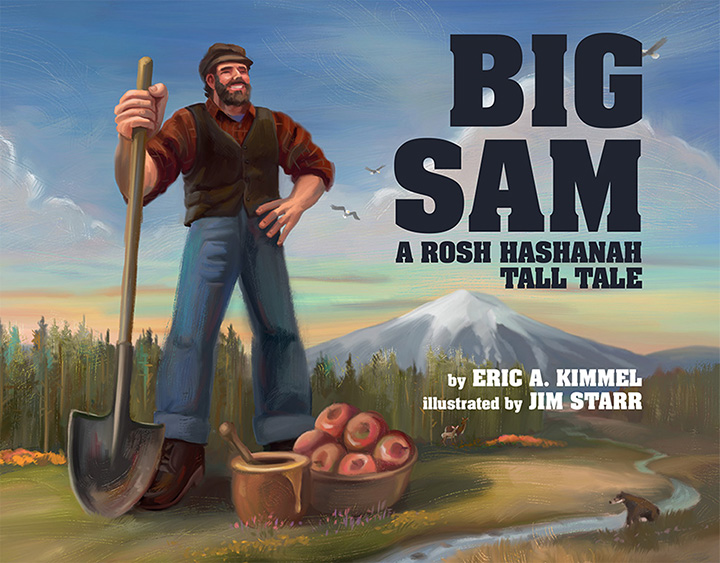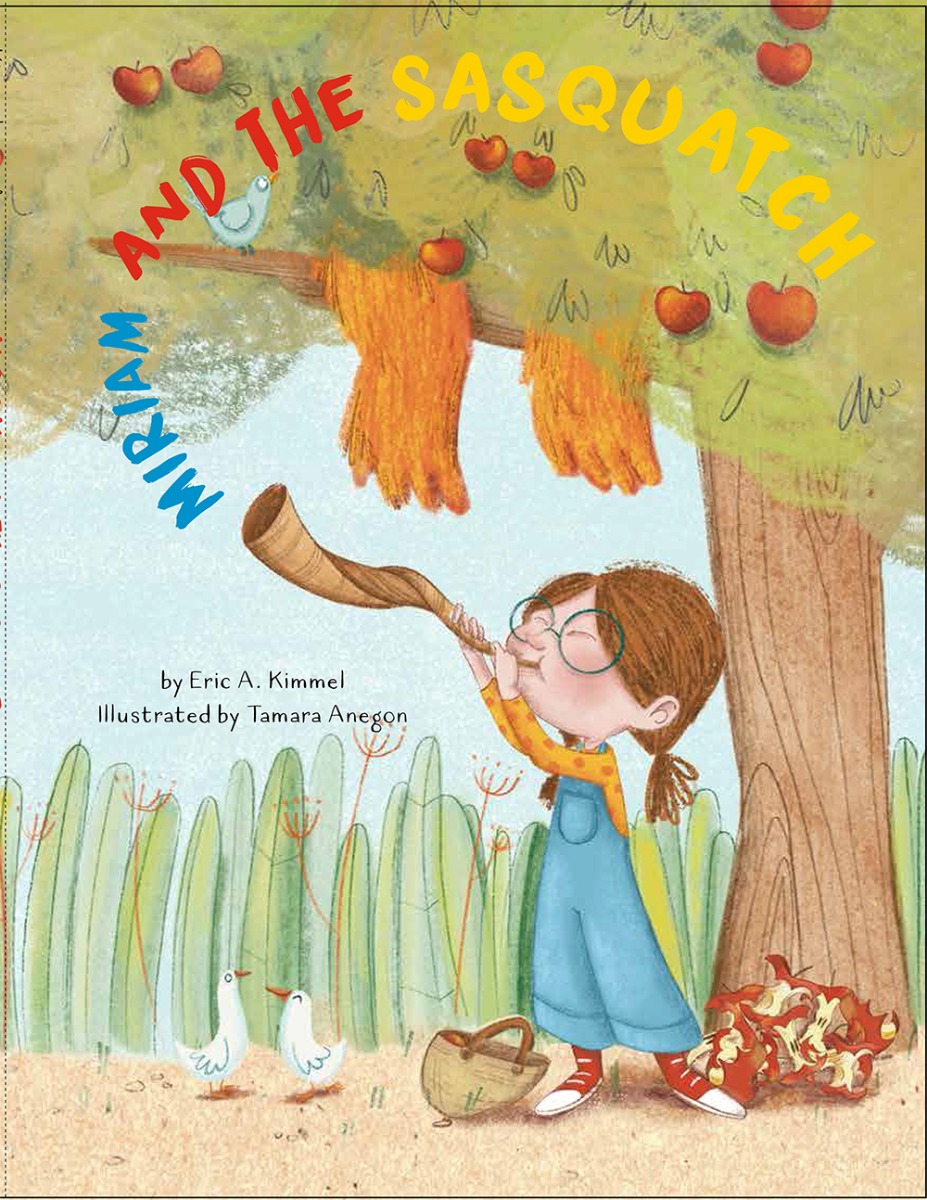Apples & Honey Press
-
12 AugRead more »

Storybooks and coloring pages provide quick and last minute resources throughout the High Holidays.
Find these and more at applesandhoneypress.com. Also available through Amazon, Bookshop.org and other online sites.
Download a selection of coloring pages here.
Rosh Hashanah
Little Red Rosie, by Eric Kimmel. Ages 3-6.In this playful version of The Little Red Hen, a young girl enlists her stuffed animal friends to help make challah for Rosh Hashanah--"An attractive, different take on a holiday tale."-Kirkus Reviews
Kayla
-
6 AugRead more »

Apples & Honey Press has a growing list of stories for children ages 3-8 that bring Jewish values to life, from Ahavat Tziyon (Love of Israel) and B’tzelem Elohim (Made in the Image of God) to Shalom Bayit (peace in the home) and Tzedakah (Giving Justly).
Ahavat Tziyon (Love of Israel)
- Matzah Ball Chase-Ages 3-6. "This very silly rhyming story...encourages travel, exploration, and learning about one’s heritage." —Association of Jewish Libraries
- Shimri’s Big Idea-Ages 3-7. “Children will appreciate seeing how a boy with a keen eye helps to accomplish great things in this reimagining of biblical history.”— Kirkus Reviews
-
26 MarRead more »
New from Sydney Taylor Award Winning Authors Deborah Bodin Cohen and Kerry Olitzky
Across the Jewniverse: 180 Totally Random Jewish Facts
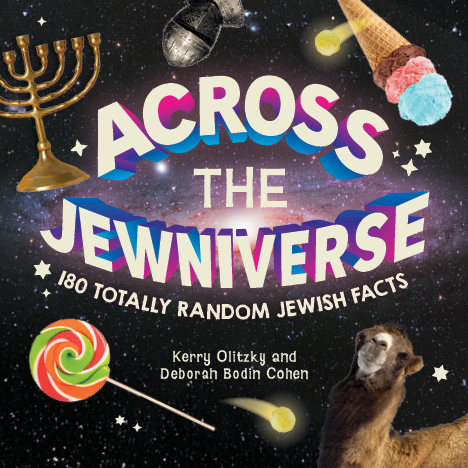
How long will a dreidel spin in outer space? Who created the first teddy bear? How big was the world's largest matzah ball? Why do Russian Jews put salt in their pockets?
In their 5,000-year history, the Jewish people have done some astonishing things. Inspired by the Weird But True series and other books of fun facts, this book brings together 180 surprising facts about the Jewish people, culture, and history. These bite-sized info-morsels are collected from across the Jewish universe on subjects ranging from holidays to entertainment, science, pop culture
-
5 DecRead more »
Apples & Honey Press is proud of its nearly 10 years of work with PJ Library, a program of the Harold Grinspoon Foundation that brings Jewish books to more than 220,000 books each month across North America to families raising Jewish children.
This past year, the following sixteen Apples & Honey Press books were chosen by PJ Library and PJ Our Way for its subscription program:
-
30 OctRead more »

Have you ever met a time traveler, or a big bad wolf, or a talking bear?
Apples & Honey Press and Behrman House authors have created some wonderful characters and stories for children of all ages. Consider bringing a local author to your school or JCC for story time!
-
22 AugRead more »
Looking for a new way to enrich Rosh Hashanah and Yom Kippur?
Apples & Honey Press has a strong and growing list of great books you can use for the High Holidays storybooks that also include many important social-emotional themes.
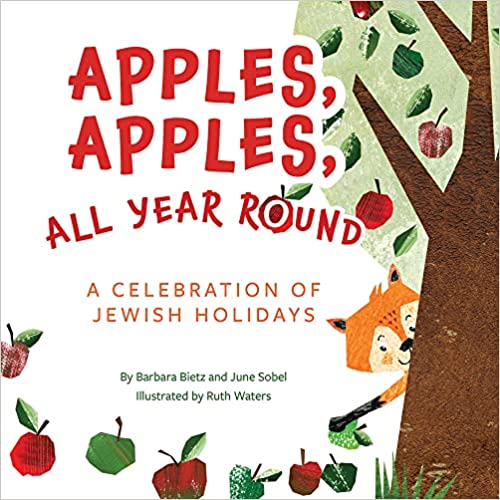
Apples, Apples, All Year Round: A Celebration of Jewish Holidays
By Barbara Bietz and June Sobel; Illustrated by Ruth Waters
A colorful
-
19 JunRead more »
Coming Fall 2025 from author David Sherrin and illustrator Martín Morón, The Baddest Wolf of All?
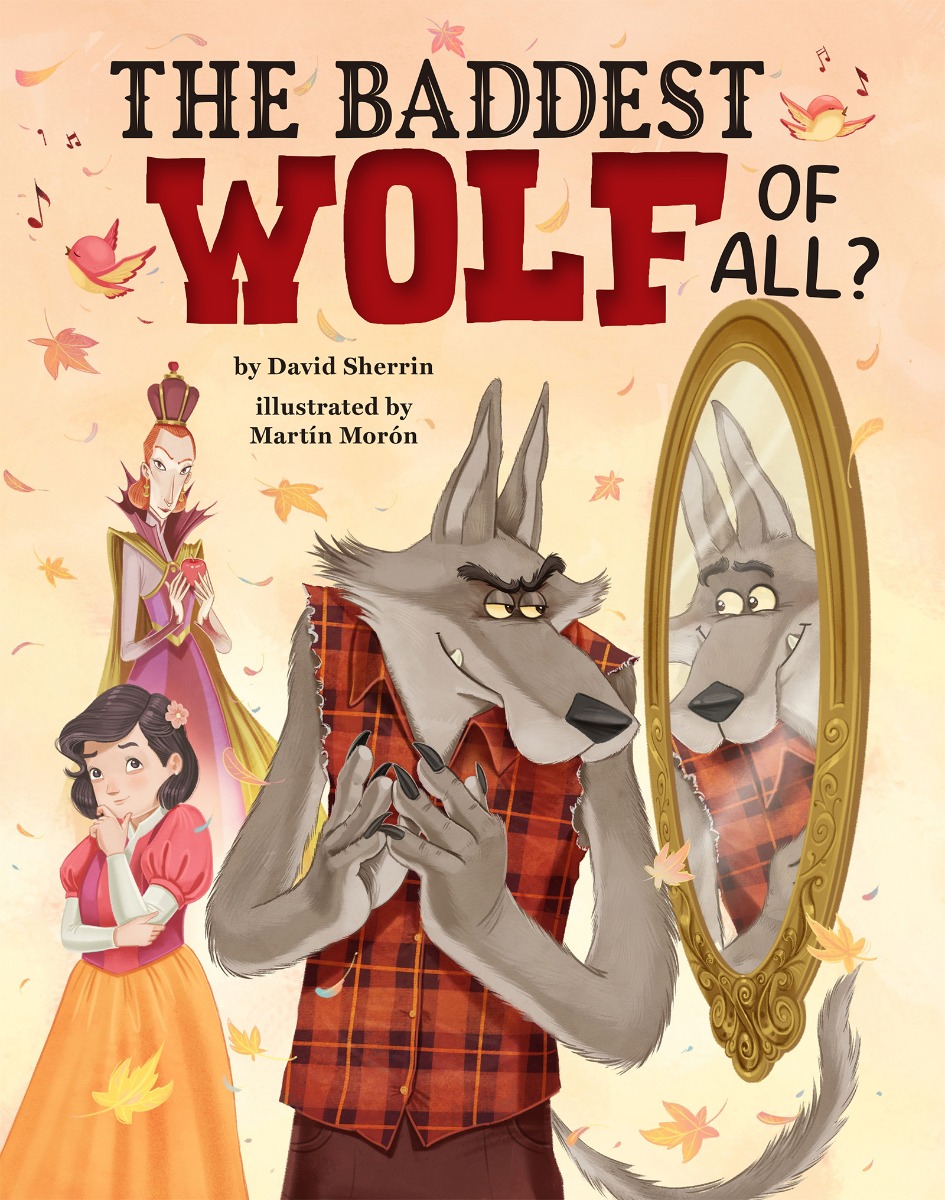
He's back. But is he badder than ever?
Although he sometimes doubts himself, everyone around Wolf expects him to be BIG and, especially, BAD. Deciding to live up to his name and get really, really good at being really, really bad, he seeks some help from another famous baddie.
His new badness coach, the Evil Queen, instructs Wolf to bring a poisoned apple to Snow White. Easy, Wolf thinks. He just needs to disguise himself as a sweet granny, and Snow White will let him right in! But Snow White is so very kind to Wolf-as-Granny. T
-
8 MayRead more »
May is Jewish-American Heritage Month, which pays tribute to the generations of Jewish Americans who helped form the fabric of American history, culture and society.
Open a window to the American Jewish experience with these storybooks from Apples & Honey Press.
American-influenced Tall Tales
-
14 FebWhat can a little boy do when he has to leave the only home he has ever known?Read more »
-
13 FebRead more »
Micah loved the noise maker, known as a gragger, that he used at his family's Purim party. With it they celebrated the defeat of the wicked Haman, a bully from biblical times who tried to get rid of the Jews. The gragger made him feel mighty! But on his way home, the gragger was lost.
This is the context of Mighty Micah, a new Purim picture book by bestselling author Jane Yolen.
Micah was nervous that without his gragger, he wouldn't be able to be brave, like Queen Esther.
However, his gragger was powerful. It journeyed from a raccoon's hands, to a fish's mouth, to a heron's beak, back to Micah's front steps.
Joyful at the return of his gragger, Micah takes it to school to show the class, so everyone could feel its mighty whirr, whirr, whirr, and they too could feel powerful and safe.
Also included is a note from the author with a brief summary

